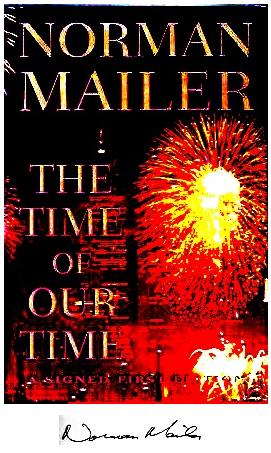Philip K. Dick Meets Joan Didion
From the ending of
The Man in the High Castle:
Juliana said, “I wonder why the oracle would write a novel. Did you ever think of asking it that?” ….
“You may say the question aloud,” Hawthorne said. “We have no secrets here.”
Juliana said, “Oracle, why did you write The Grasshopper Lies Heavy? What are we supposed to learn?”
“You have a disconcertingly superstitious way of phrasing your question,” Hawthorne said. But he had squatted down to witness the coin throwing. “Go ahead,” he said; he handed her three Chinese brass coins with holes in the center. “I generally use these.”
She began throwing the coins; she felt calm and very much herself. Hawthorne wrote down her lines for her. When she had thrown the coins six times, he gazed down and said:
“Sun at the top. Tui at the bottom. Empty in the center.”

“Do you know what hexagram that is?” she said. “Without using the chart?”
“Yes,” Hawthorne said.
“It’s Chung Fu,” Juliana said. “Inner Truth. I know without using the chart, too. And I know what it means.”
From the ending of
Play It As It Lays:
I lie here in the sunlight, watch the hummingbird. This morning I threw the coins in the swimming pool, and they gleamed and turned in the water in such a way that I was almost moved to read them. I refrained.
One thing in my defense, not that it matters. I know something Carter never knew, or Helene, or maybe you. I know what “nothing” means, and keep on playing.
Why, BZ would say.
Why not, I say.










